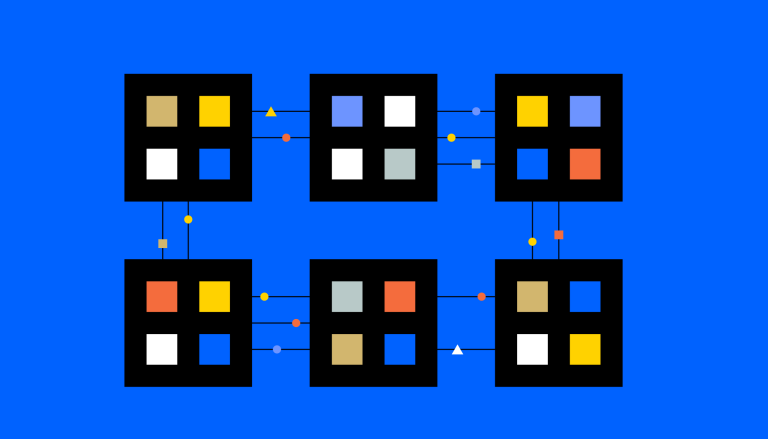What are Bitcoin Layer 2 blockchains?

Bitcoin Layer 2 blockchains are protocols built on top of the Bitcoin blockchain that strive to enhance its scalability and transaction efficiency.
They seek to address Bitcoin's limitations around transaction throughput, block confirmation time, and transaction costs.
Examples of Bitcoin Layer 2 solutions include the Lightning Network, Rootstock, Stacks, and Liquid Network.
What is the Purpose of Bitcoin Layer 2 Blockchains?
Bitcoin Layer 2 blockchains strive to address the scalability issues of the Bitcoin network.
Indeed, the Bitcoin network, while secure and decentralized, suffers from slow transaction speeds, low throughput, and rising transaction costs. This is due to its limited capacity to handle large amounts of transaction data within a set time frame.
Bitcoin Layer 2 solutions are designed to process transactions off the main blockchain, thereby aiming to reduce the load on the network and increase efficiency. They also strive to enhance the programmability of Bitcoin and unlock new utilities such as decentralized finance (DeFi) and non-fungible tokens (NFTs).
How Do Bitcoin Layer 2 Blockchains Work?
Bitcoin Layer 2 solutions operate on the principle of off-chain processing. This means that transactions occur outside the main blockchain, aiming to reduce the load on the network.
By creating off-chain channels, users can conduct multiple transactions without the need for each transaction to be added directly to the blockchain. This not only aims to increase transaction throughput but also strives to minimize fees, making microtransactions and point-of-sale transactions more practical.
There are several mechanisms that underpin the functionality of Bitcoin Layer 2 networks, including state channels, rollup chains, and sidechains.
The Impact of Bitcoin Layer 2 Solutions
Bitcoin Layer 2 solutions aim to significantly enhance the scalability and functionality of the Bitcoin network.
They strive to help overcome Bitcoin's limitations around transaction throughput, block confirmation time, and transaction costs. They also strive to enhance the programmability of Bitcoin, unlocking new utilities on other verticals like payments, DeFi, NFTs, and other market venues.
By doing so, they aim to improve Bitcoin's overall performance, all while benefiting from its security and network effects.


